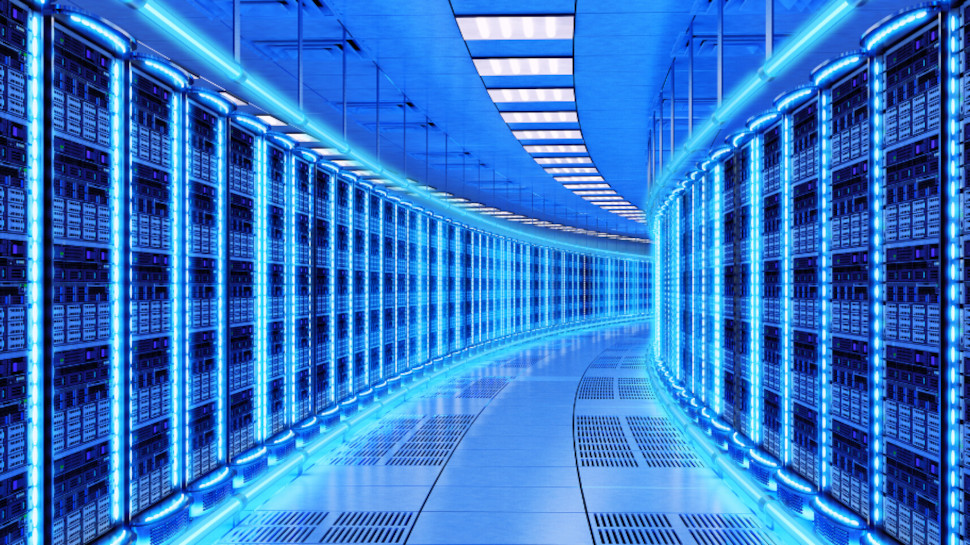AI usage power consumption is now similar to many small countries
AI power usage has seen a huge surge in recent years, and that's a growing concern

New figures from French energy management company Schneider Electric claim artificial intelligence (AI) is now consuming an estimated 4.3GW of power globally, almost as much as some small countries.
As adoption of the technology increases, so will its power usage. By 2028, Schneider Electric reckons AI will account for between 13.5-20GW, representing 26-36% compound annual growth.
The study also reveals the power intensity of data centers more generally, presenting an eye-opening reality for which we should prepare in two key ways: upgrading infrastructure and improving efficiency.
AI adding to data center power usage
Currently, artificial intelligence makes up just 8% of a typical data center’s power consumption, which sits at a total of 54GW. By 2028, the firm expects data center usage to climb to 90GW, with artificial intelligence making up around 15-20% of this.
The company also noted the current 20:80 split represented by AI training and inference respectively, which is expected to become more inference-heavy in the forthcoming years.
Also reported in the paper is the requirement for cooling – excess heat presents a safety hazard, but it can also lead to premature component failure. Cooling not only requires an additional surge of electricity to power the process, but it often correlates to high water usage, too. Data centers have long been criticized for their use of natural resources, which in some cases, see them having to reroute or otherwise modify water courses. This is because air cooling is not sufficient in the case of large clusters, which would otherwise become dangerously hot.
Looking ahead, Schenider says accurately predicting energy usage will become more challenging as high-energy training makes room for inference workloads, which can have a much more variable power requirement.
Sign up to the TechRadar Pro newsletter to get all the top news, opinion, features and guidance your business needs to succeed!
The company also offers advice to data center operators looking to capitalize on the latest AI hardware: transitioning away from a conventional 120/208V distribution to 240/415V should allow them to accommodate the high power densities of AI workloads.
Clearly, the work of upgrading infrastructure must go hand-in-hand with a revision of the current trajectory in order to tame power usage and make cloud computing and AI workloads even more efficient.
More from TechRadar Pro
- Need an AI revolution? Here are the best AI tools and best AI writers for your company
- Why data centers need to face-up to energy compliance
- We’ve rounded up the best online collaboration tools
With several years’ experience freelancing in tech and automotive circles, Craig’s specific interests lie in technology that is designed to better our lives, including AI and ML, productivity aids, and smart fitness. He is also passionate about cars and the decarbonisation of personal transportation. As an avid bargain-hunter, you can be sure that any deal Craig finds is top value!
